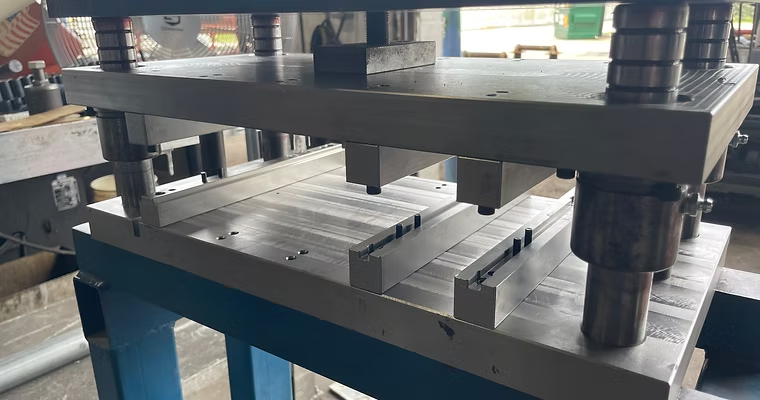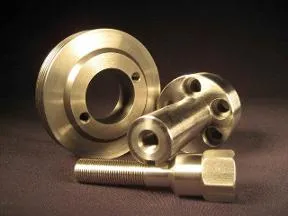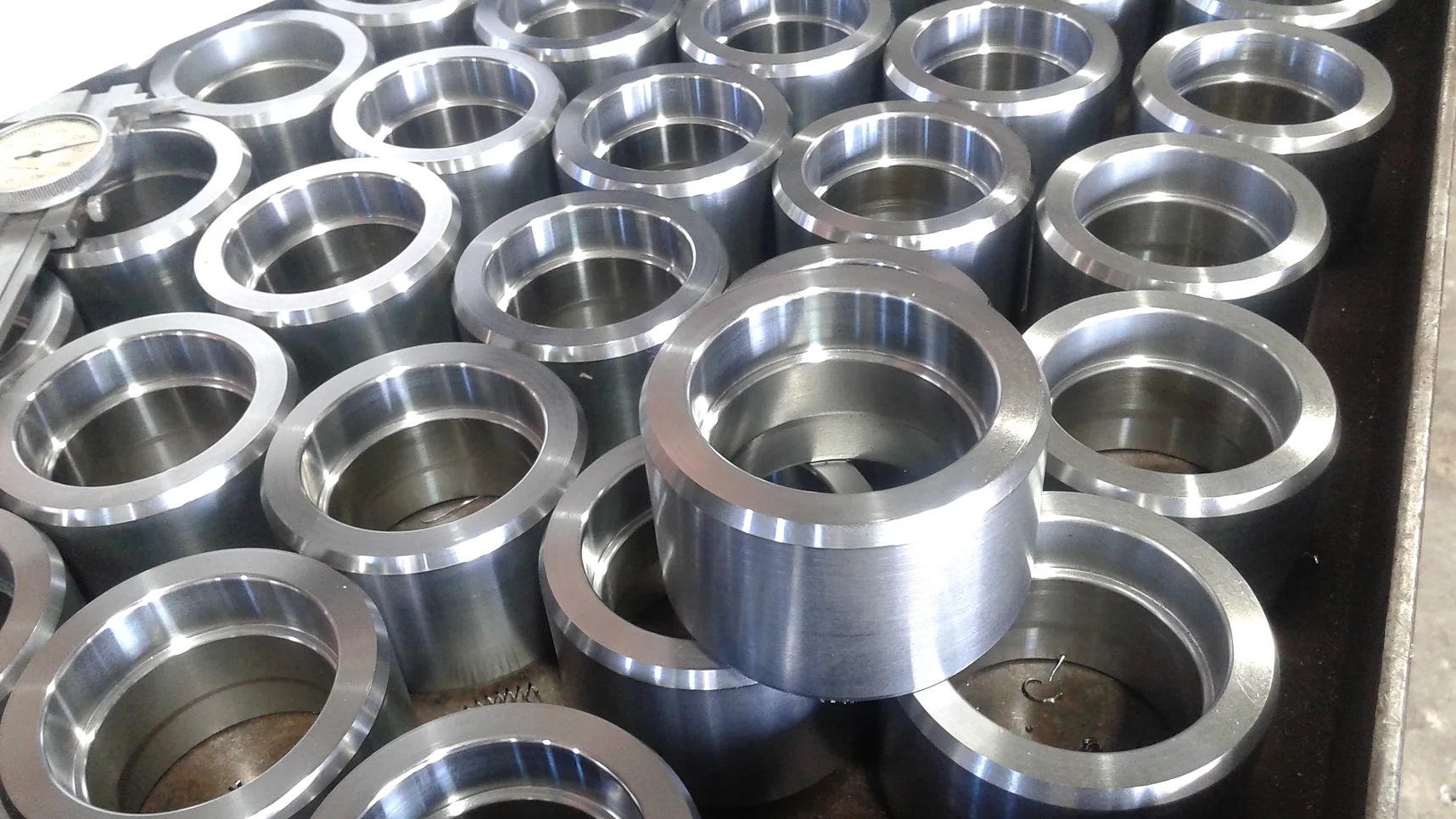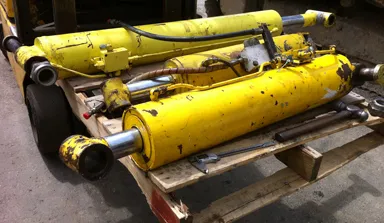Metal fabrication is the backbone of modern industry, enabling everything from robust building structures and high-precision components to creative architectural designs and machine enclosures. The craft blends engineering expertise, advanced technology, and hands-on skill to shape, join, and finish metal into practical products that drive business and infrastructure forward.
What Is Metal Fabrication?
In the simplest terms, metal fabrication is the process of transforming raw metal into finished products through cutting, bending, welding, assembling, and finishing. Unlike mass production, custom metal fabrication focuses on customized solutions tailored to the client’s specifications—whether for prototyping a single part, building complex assemblies, or managing large-scale runs. The process combines traditional craftsmanship with modern CNC technology, computer-aided design (CAD), and automated workflows to guarantee accuracy and efficiency.
The Metal Fabrication Process: Step-by-Step
1. Design & Engineering
Every successful project begins with thoughtful design. Engineers and technicians use sophisticated CAD software to create detailed digital models, simulate structural performance, and plan every process step. This phase may include feasibility studies, selecting appropriate materials (such as steel, aluminum, or specialty alloys), and iterating through prototype cycles to ensure the design meets your goals.
-
CAD models streamline collaboration and translation to CNC programming.
-
Prototyping allows for testing fit, function, and visual appeal before full-scale production.
2. Material Preparation
Once designs are finalized, the right sheet metal, tube stock, or bar material is sourced and inspected. Material preparation may involve:
-
Cutting to manageable sizes and shapes.
-
Cleaning and surface treatments for corrosion resistance or weld preparation.
3. Cutting
The most fundamental fabrication process is cutting. Depending on the project, fabricators use:
-
Laser cutting for high-speed, high-precision shapes in sheet and plate.
-
Plasma and waterjet cutting for thicker materials or specialty alloys.
-
Shearing, sawing, and punching for efficient shaping or adding custom holes.
State-of-the-art equipment ensures tight tolerances and cost-effective production from one-off pieces to mass runs.
4. Forming & Bending
Next, the metal may be folded, bent, stamped, or rolled—processes that transform flat sheets into complex geometries.
-
CNC press brakes and roll-forming equipment can produce sharp angles, curves, channels, and tubing.
-
Stamp presses use dies to forge intricate shapes and repetitive features.
-
Forming techniques achieve box enclosures, brackets, structural components, and more.
5. Machining & Punching
Complex features are carved out with CNC milling, turning, and drilling, enabling highly precise holes, threads, and intricate details.
-
CNC machining reduces manual errors.
-
Punching presses create holes or custom designs for hardware, ventilation, or assembly.
6. Welding & Assembly
Separate parts are brought together and joined to complete the finished structure.
-
MIG and TIG welding ensure sturdy, seamless joints for both heavy-duty and cosmetic applications.
-
Riveting, screwing, and adhesive bonding offer alternatives for special uses.
-
Assemblies may be tack-welded first, then finished with full seam welding.
7. Surface Finishing & Coating
Post-fabrication, surface treatments improve appearance, durability, and corrosion resistance:
-
Powder coating, painting, and anodizing add lasting protection and color.
-
Sandblasting or polishing refines surfaces for smoothness and shine.
-
Deburring removes sharp edges for handling safety.
8. Quality Inspection & Delivery
Rigorous inspection is the final step before products leave the shop. Technicians check:
-
Dimensions, tolerances, and fit according to blueprints.
-
Weld seam quality and surface finishes.
-
Compliance with codes, certifications, and industry standards.
Detailed documentation ensures every client receives components ready for installation or further assembly.
Key Metal Fabrication Services (Listicle)
-
Custom Sheet Metal Cutting: Precise laser, plasma, and waterjet cutting for unique shapes and consistent quality.
-
CNC Forming & Bending: Complex bends, curves, and rolled forms for chassis, enclosures, frames, and more.
-
Heavy-Duty Welding: MIG, TIG, and stick welding with certified professionals for projects from railings to machinery.
-
Machining and Drilling: Fine-tune details, add threaded holes, and carve intricate geometries.
-
Punching and Stamping: Hardware prep, decorative features, and structural details tailored to your needs.
-
Assembly & Integration: Building complete products with multi-part joins and final inspection.
-
Surface Finishing: Powder coating, painting, polishing, and sandblasting for durability and aesthetics.
-
Prototype to Production: Bringing ideas to life with rapid prototyping and scaled production runs.
Real-World Applications of Metal Fabrication
Metal fabrication services support a vast range of industries and applications:
-
Construction: Building frameworks, staircases, platforms, handrails, doors, and structural supports.
-
Manufacturing: Machine enclosures, conveyor guards, fixtures, tool racks, and precision machine parts.
-
Automotive & Transportation: Chassis, body panels, suspension brackets, engine mounts, hydraulic tanks, and accessories for trucks and specialty vehicles.
-
Architecture & Design: Decorative panels, signage, custom furniture pieces, awnings, and railing systems for commercial and residential spaces.
-
Energy & Utilities: Pipe supports, solar panel frames, electrical cabinets, substation structures, and more.
-
Agriculture & Industry: Equipment guards, storage bins, feeders, custom assemblies, and irrigation components.
-
Medical & Electronics: Instrument enclosures, chassis, battery casings, and precision brackets for medical devices or electronics.
-
OEM / Custom Production: Small batch and mass production solutions for original equipment manufacturers (OEMs) with unique needs.
Advantages of Professional Metal Fabrication
-
Versatility: Able to create a wide variety of products from diverse material types.
-
Customization: Tailored to client requirements, including complex geometries and finishes.
-
Precision: CNC technology ensures extremely tight tolerances for function and reliability.
-
Strength: Welded and formed structures offer high durability for demanding use.
-
Efficiency: In-house design, fabrication, and finishing minimize lead times and costs.
-
Quality Assurance: Every part undergoes inspection, with documentation for performance and certification.
Case Studies & Examples
Case Study 1: Custom Structural Supports for Construction
A commercial builder needed custom steel supports for a warehouse expansion. Advanced Precision Machine worked from CAD designs to laser-cut, bend, weld, and powder-coat each beam. Final inspection verified compliance with building codes and on-site installation was completed efficiently—saving the client time and permitting delays.
Case Study 2: Precision Enclosures for Electronics Manufacturer
An electronics firm required aluminum enclosures with tight tolerances and built-in ventilation. The team utilized CNC cutting, forming, and TIG welding, and provided a high-gloss anodized finish. Rigorous inspection ensured fit with sensitive internal components, and batch runs allowed rapid scaling as the client’s demand increased.
Case Study 3: Agricultural Equipment Prototyping
A farm equipment company requested a prototype for a new irrigation control panel. Fabricators transformed CAD concepts into metal prototypes using laser cutting, forming, and surface finishing, then incorporated feedback into improved production designs.
Case Study 4: Decorative Architectural Panels
A designer wanted custom perforated metal panels for a commercial building lobby. The project involved precise CNC punching and expert polishing, resulting in visually stunning features that also met stringent fire safety and durability requirements.
Metal Fabrication FAQ
| Question | Answer |
|---|---|
| What materials can be fabricated? | We commonly work with carbon steel, stainless steel, aluminum, copper, and specialty alloys. |
| Can you handle custom designs or one-off prototypes? | Yes—our experts turn challenging ideas into reality, whether for a single prototype or large production run. |
| How does CNC technology improve fabrication? | CNC equipment allows for high speed, repeatable accuracy, and tight tolerances, minimizing manual errors. |
| What’s the difference between MIG and TIG welding? | MIG welding is efficient for thicker materials and large production, while TIG produces high-quality seams for precision work. |
| Do you offer design assistance? | Absolutely. We can assist at any stage, from initial concepts to engineering and prototyping. |
| How do you ensure quality? | Every product is inspected for dimensions, weld strength, finish, and compliance. Documentation and certificates are provided as needed. |
| What finishing options are available? | Powder coating, painting, anodizing, polishing, and sandblasting are among our most popular offerings. |
| Are field installation services available? | Yes, our team provides on-site fabrication, assembly, and support for large or complex projects. |
| How are projects priced? | Pricing depends on material, complexity, processes, run quantity, and finishing. Transparent quotes outline every detail up front. |
| Can you handle rush or time-sensitive projects? | We offer accelerated processing and clear project management for urgent or deadline-driven requests. |
Tips for Effective Metal Fabrication Projects
-
Share Detailed CAD Files: The more information provided about dimensions, materials, tolerances, and finishes, the better the outcome.
-
Clarify Critical Features: Identify elements critical to function, strength, or compliance. Discuss these with fabricators early.
-
Prototyping: Consider starting with a prototype, especially for new designs or high-performance needs.
-
Discuss Finishing Needs: Specify important surface finishes for durability or presentation; powder coating and painting not only protect but also enhance visual appeal.
-
Plan for Integration: If your project will be part of a larger system or installation, coordinate with fabricators on fit and compatibility.
About Us: Advanced Precision Machine Metal Fabrication
At Advanced Precision Machine, we combine deep technical expertise, state-of-the-art equipment, and a passion for problem solving to deliver world-class metal fabrication solutions for every customer. Our team offers:
-
Cutting-edge CNC cutting, forming, and bending for unmatched precision and speed.
-
Certified welders and experienced technicians for structures that last.
-
Full-service design, engineering, prototyping, assembly, and finishing—all in one shop.
-
Transparent quoting, collaborative project management, and proactive communication.
-
Rigorous quality control and detailed documentation with every delivery.
-
Field installation, on-site support, and custom logistics for seamless execution.
Whether you need a key prototype, a run of custom brackets, large structural beam assemblies or decorative architectural features, Advanced Precision Machine delivers with reliability, efficiency, and personalized client care. Contact us today to discuss your next project—and discover the strength and value of expert metal fabrication!
This article is designed to educate, inform, and build confidence in your custom metal fabrication capabilities. You may further tailor it for your website SEO, add images, or expand case studies to suit specific client profiles and industries.




